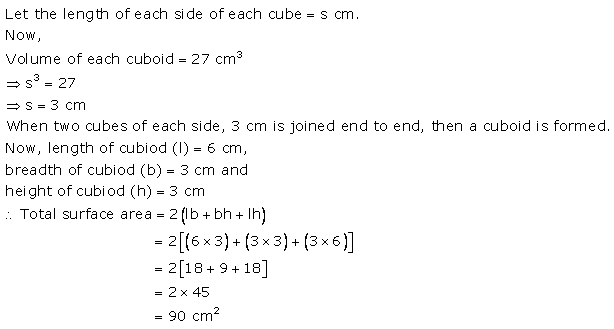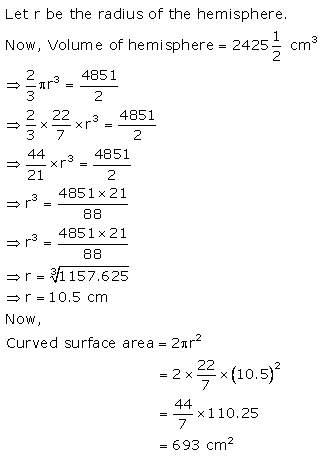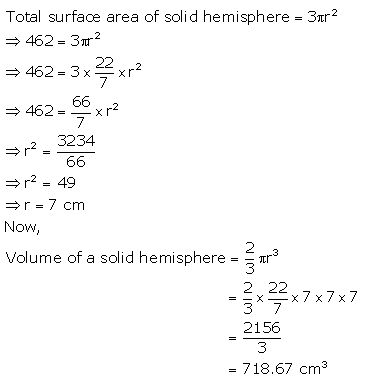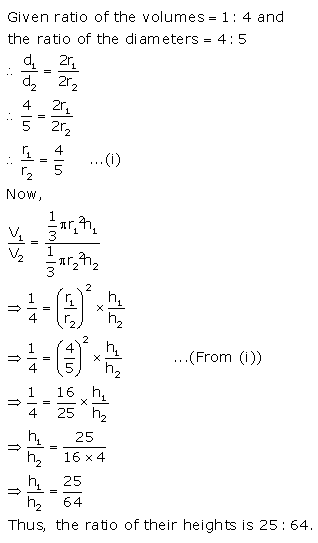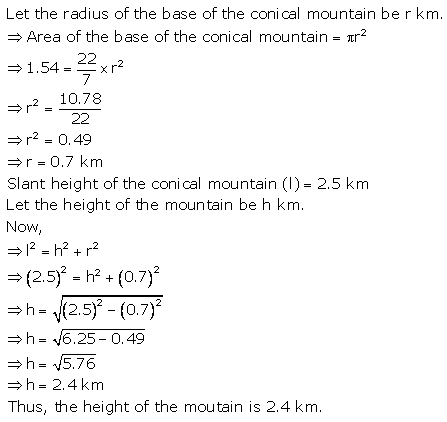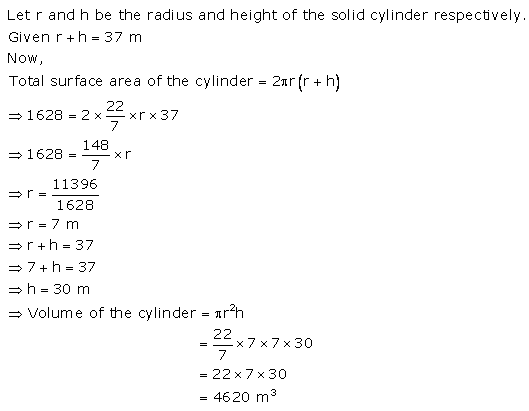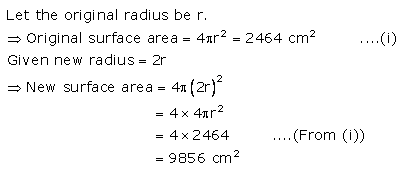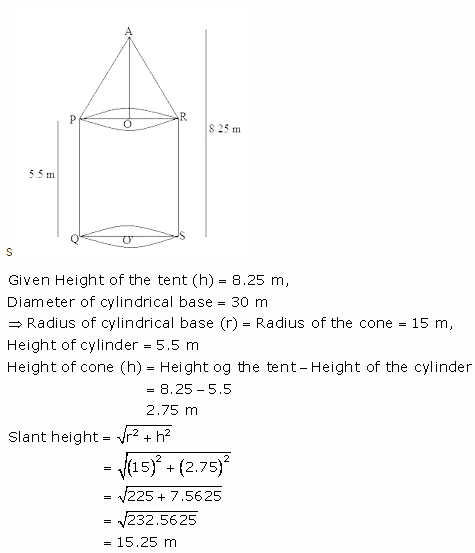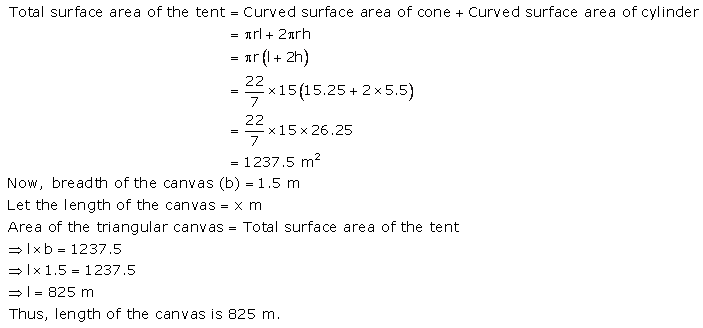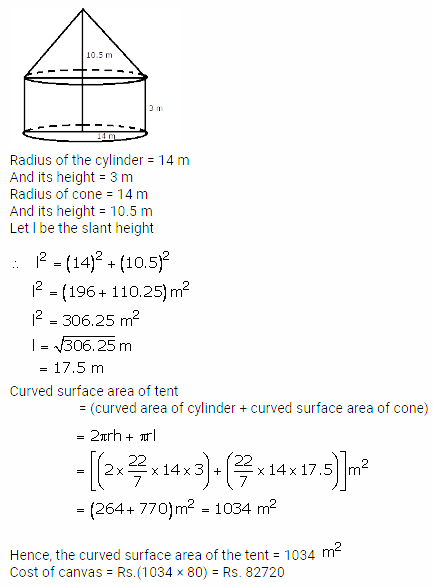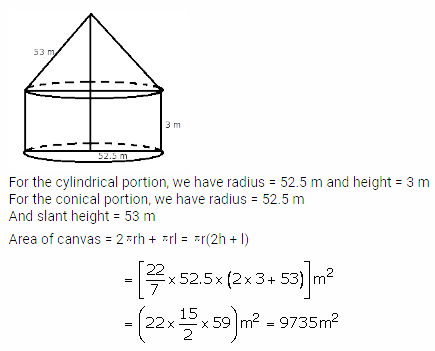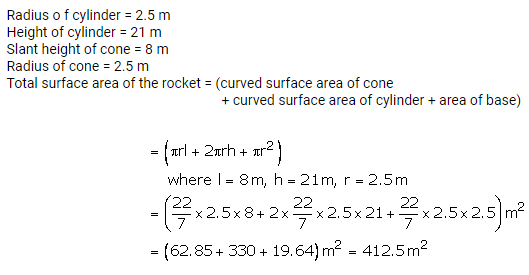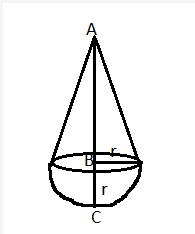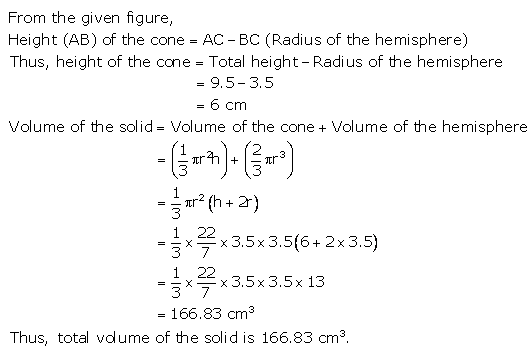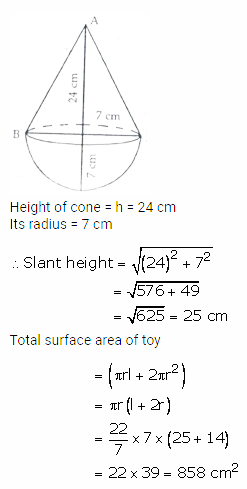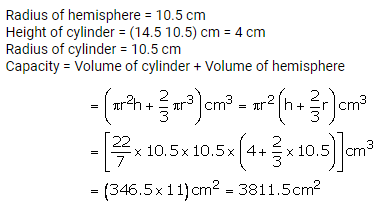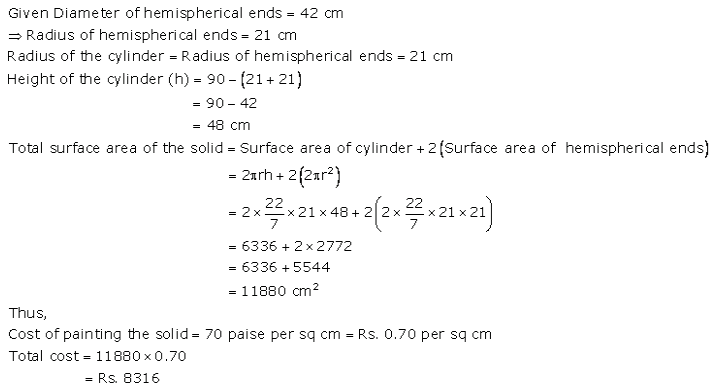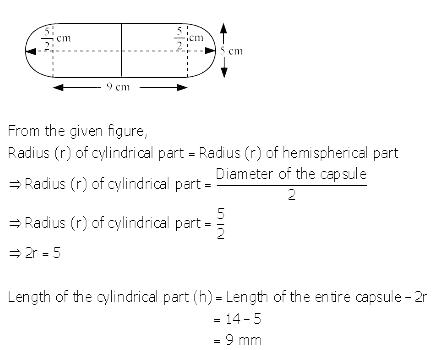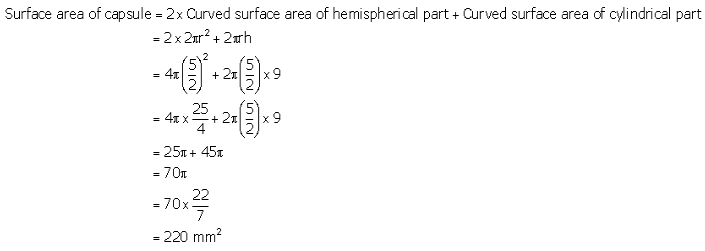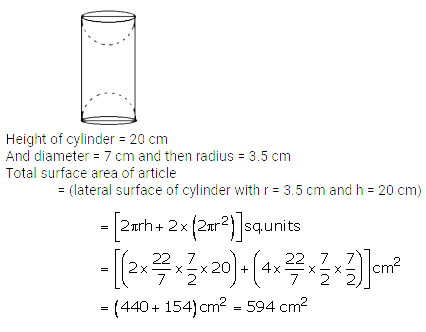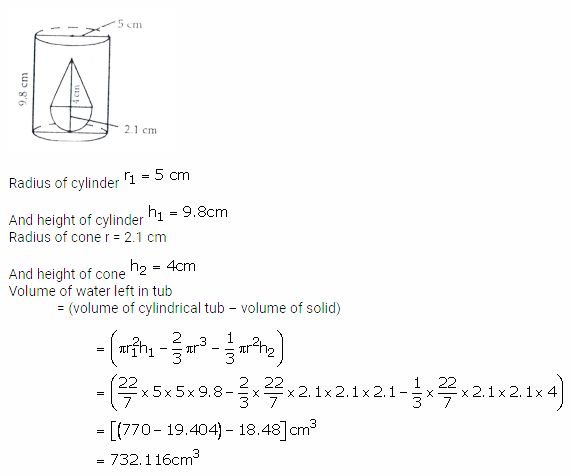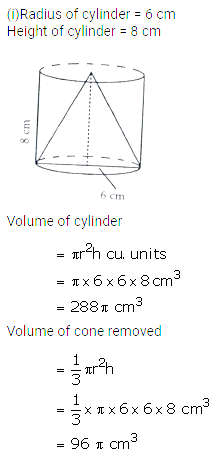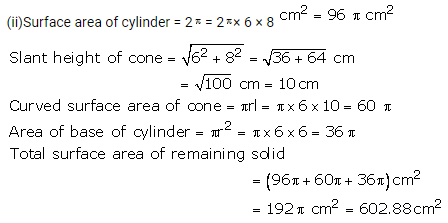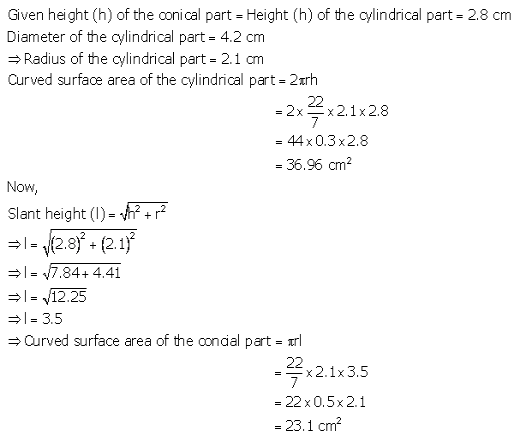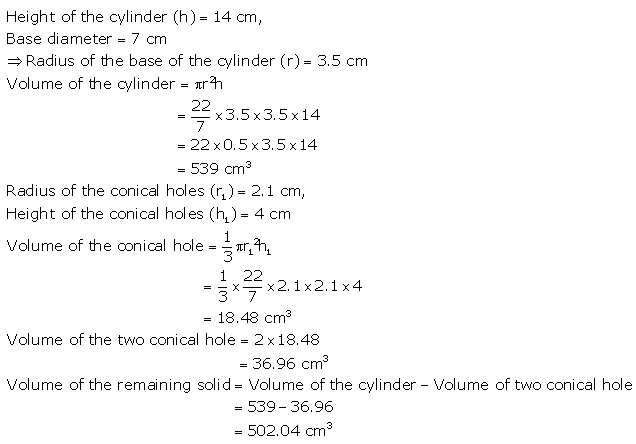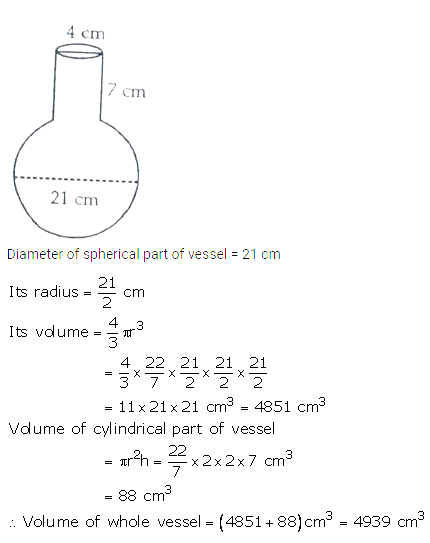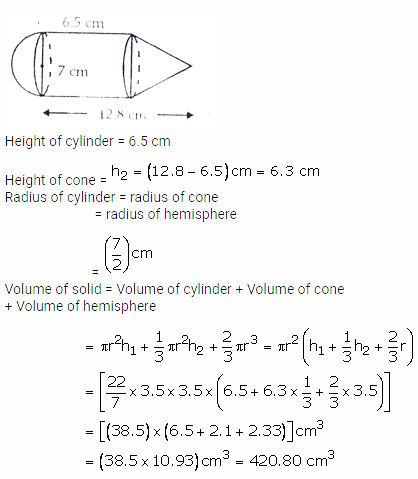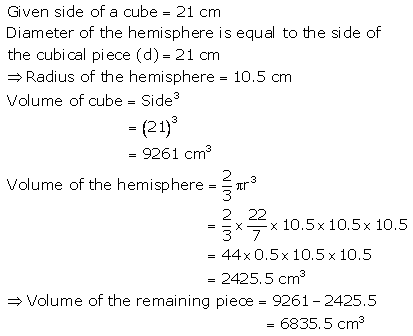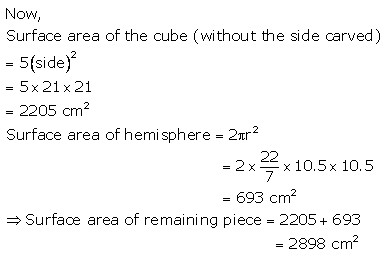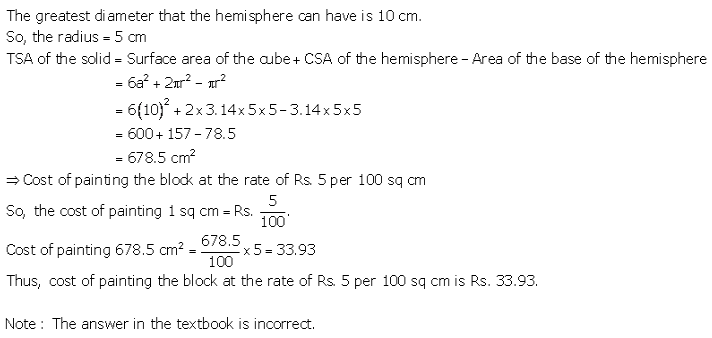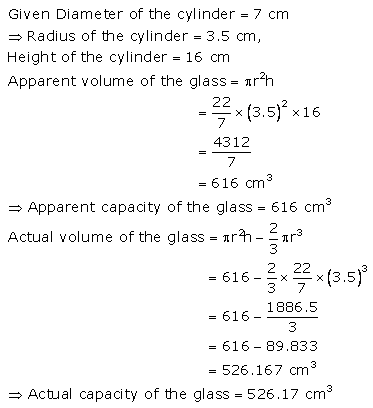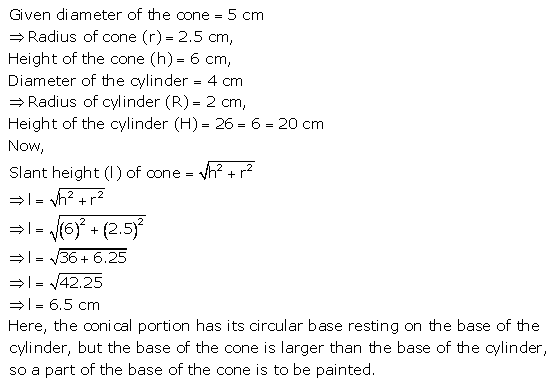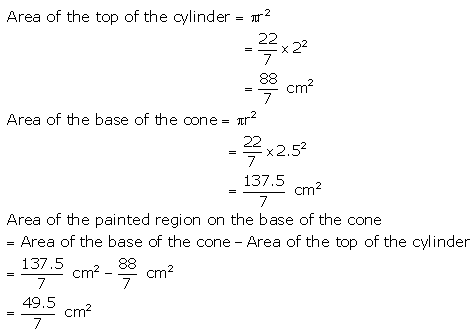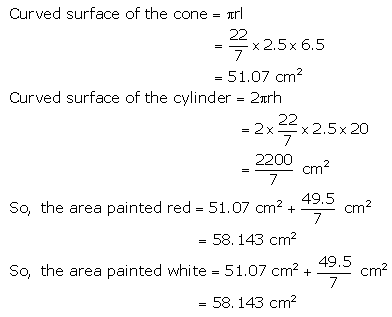NCERT Solutions for Class 10 Social Science Civics Chapter 6 Political Parties
These Solutions are part of NCERT Solutions for Class 10 Social Science. Here we have given Extra Questions for NCERT Solutions for Class 10 Social Science Civics Chapter 6 Political Parties.
TEXTBOOK EXERCISES
Question 1.
State the various functions political parties perform in a democracy.
Answer:
Basically, the functions of political’parties are to fill political offices and exercise political power. This is done by performing the following functions as mentioned below :
(1) Contest elections : In democracies, elections are contested by the political parties by putting up their candidates. The candidates are selected in different ways. For example in USA, members and supporters of a party choose their candidates. In India, top party leaders choose candidates for contesting elections.
(2) Put forward different policies and programmes : Political parties have their own ideologies and programmes. These are put forward before the voters at the time of elections in the form of a manifesto. A. party weighs different views and takes a basic position about policy matters and a government takes its decisions accordingly.
(3) Role in making laws for a country : Laws are passed according to the directions of the ruling party or alliance in case of a coalition government. Members of political party vote in the legislature according to the decision of the party, irrespective of their personal opinions.
(4) Formation of governments : Party or group of parties that gets majority in the legislature forms and runs the government. In a parliamentary democracy, this function is so important that government is known by the name of the Party e., Congress or BJP government etc. Generally big policy decisions are taken by the political executive and the government is run accordingly.
(5) Role of opposition : Those parties that lose in the elections play the role of opposition to the government. They voice their views and criticise government for its failure or wrong policies. They do this by raising various type of motions in the legislature or by asking questions.
(6) Role in shaping public opinion : Political parties raise and highlight different issues of public importance. Political parties have links with pressure groups which influence the policies of the government. Many pressure groups are the extensions of political parties. Movements are also launched by the political parties in support of demands of public interest.
(7) Access to government machinery and welfare schemes : Ordinary citizens approach local party leaders about their demands and grievances. They get information about government policies from them. For an ordinary citizen it is easy to approach a local party leader than a government officer. They feel close to parties even when they do not fully trust them. Parties have to be responsive to people’s needs and demands. Otherwise people can reject these parties the next elections.
Question 2.
What are the various challenges faced by political parties ?
Answer:
Political parties play an important role in a democracy. So it is natural for the people to blame parties for its failures to perform their functions well. Popular dissatisfaction and criticism has focussed on various problems in the working of political parties. These are as mentioned below :
(1) Lack of internal democracy : There is lack of internal democracy within parties. For example organisational elections are not held regularly. Most of the decisions are taken by the President or top leaders in the party. Ordinary members do not have any say in the decision making process of the party. Sometimes, those who disagree with the leadership find it difficult to continue in the party. More than loyalty to party principles and policies, personal loyalty to the leader becomes more important. As a result of it, there is tendency towards the concentration of power in one or few leaders at the top.
(2) Dynastic succession : Family members pr people more close to top leaders are favoured at the time of granting tickets for contesting elections. Sometimes deserving members are denied tickets. Political parties do not practice open and transparent procedures. Top positions such as President or General Secretary are always controlled by members of one family. This is unfair to the other members of the party. It is also bad for democracy because people without adequate experience come to occupy the top positions in the party. This tendency is present in some measure all over the world, including in some of the older democracies.
(3) Use of money and muscle power : Political parties want to win elections at all costs. Parties use money power to purchase votes and finance high pitched campaigns. Rich candidates are nominated so that they may win elections. Not only this muscle power is also used during elections. It is used to coerce voters, capture booths and threaten opposition campaign. In some cases, political parties support and select criminals who can win elections. Democrats all over the world are worried about the increasing role of rich people and criminals in democratic politics.
(4) Hardly any meaningful choice : In order to offer meaningful choice parties must be significantly different. But in recent years there has been a decline in the ideological differences among parties in most parts of the world. For example the difference between the Labour Party and the Conservative Party in Britain is reduced. In our country too, the differences among all the major parties on the economic policies have reduced.People have no option available to them. Sometimes people cannot even elect very different leaders either, because the same set of leaders keep shifting from one party to another.
Question 3.
Suggest some reforms to strengthen parties so that they perform their functions well.
Answer:
Following reforms are suggested to strengthen political parties so that they perform their functions well :
(1) Regulate the internal affairs of political parties : A law should be made to regulate internal affairs of political parties. Basic principle of election from lower tier to higher level should be followed. Open elections to the higher posts should be held. The parties should maintain a register of its members. They should follow the party constitution and have an independent authority to act as a judge in case of party disputes.
(2) Representation to women candidates : It should be made mandatory for the political parties to give one-third tickets to women candidates. They should be given adequate representation in the decision making bodies.
(3) State funding of elections : In order to put curb on money power, there should be state funding of elections e., the government should give parties money to support their election expenses. This support could be given in kind such as petrol, paper and telephone. It could be given in cash, on the basis of the votes secured by the party in the last election.There is, however, very little chance of accepting above suggestions by the political parties. Most of the parties find ways to cheat the laws. Besides, political parties will not agree to pass a law that is not liked by them. In such circumstance there are two other ways, as mentioned below to reform political parties.
‘
Pressure by people :
- People can also put pressure on political parties through petitions, publicity and agitations. Such pressure may make political parties more serious about reforms.
- People should join political parties large number so that they may improve the working of political parties being members of that party. It is easier to reform a party from within rather than from outside.
Question 4.
What is a political party ?
Answer:
A political party is a group of people who come together to contest elections and hold power in the government. They agree on some policies and programmes for the society with a view to promote the collective good. A political party, therefore, possesses features like an organisation, definite views on political issues, a well formulated line of action, a will and desire to implement the proclaimed policies.
Question 5.
What are the characteristics of a political party ?
Answer:
The characteristics of a political party are as given below :
- A political party is an organised body. Each party has its organisation.
- It has definite views on various issues.
- It has a general ideological identity. For example, a party may be a leftist or rightist party.
- It represents a part of society. For example, a party may represent the capitalists, the poor, the upper class or a lower class. A party, therefore, may represent a particular part of a society.
- A party has three components i.e., the leaders, the active members and the followers.
Question 6.
A group of people who come together to contest elections and hold power in the government is called a_____________ .
Answer:
political party
Question 7.
Match List I (organisations and struggles) with List II and select the correct answer using the codes given below the lists :
| List I | List II |
| 1. Congress Party | A. National Democratic Alliance |
| 2. Bharatiya Janata Party | B. State party |
| 3. Communist Party of India (Marxist) | C. United Progressive Alliance |
| 4. Telugu Desam Party | D. Left Front |
| 1 | 2 | 3 | 4 |
| (a) | C | A | B | D |
| (b) | C | D | A | B |
| (c) | c | A | D | B |
| (d) | D | C | A | B |
Answer:
(c) C, A, D, B.
Question 8.
Who among the following is the founder of the Bahujan Samaj Party ?
1. Kanshi Ram Sahu Maharaj
2. B.R.Ambedker D. JyotibaPhule
Answer:
(A) Kanshi Ram. ‘
Question 9.
What is the guiding philosophy of the Bharatiya Janata Party ?
1. Bahujan Samaj B. Revolutionary democracy
2. Integral humanism D. Modernity
Answer:
(C) Integral humanism.
Question 10.
Consider the following statements on parties :
1. Political parties do not enjoy much trust among the people.
2. Parties are often rocked by scandals involving top party leaders.
3. Parties are not necessary to run governments.
Which of the statements given above are correct ?
(a) A, B and C
(b) A and B
(c) B and C
(d) A and C
Answer:
(b) A and B.
Question 11.
Read the following passage and answer the questions given below : Muhammad Yunus is a famous economist of Bangladesh. He received several international honours for his efforts to promote economic and social development for the benefit of the poor. He and the Grameen Bank he started jointly, received the Nobel Peace Prize for the 2006. In February 2007, he decided to launch a political party and contest in the parliamentary elections. His objective was to foster proper leadership, good governance and build a new Bangladesh. He felt that only a political party different from the traditional ones would bring about new political culture. His party would be democratic from the grassroots level.
The launching of the new party, called Nagarik Shakti (Citizens’ Power), has caused a stir among the Bangladeshis. While many welcomed his decision, some did not like it. “Now I think Bangladesh will have a chance to choose between good and bad and eventually have a good government”, said Shahedul Islam, a government official. “That government, we hope, would not only keep itself away from corruption but also make fighting corruption and black money a top priority.”
But leaders of traditional political parties who dominated the country’s politics for decades were apprehensive. “There was no debate (over him) winning the Nobel, but politics is different – very challenging and often controversial”, said a senior leader of the Bangladesh Nationalist Party. Some others were highly critical. They asked why he was rushing into politics. “Is he being planted in politics by mentors from outside the country”, asked one political observer.
(a) Do you think Yunus made a right decision to float a new political party ?
(b) Do you agree with the statements and fears expressed by various people ?
(c) How do you want this new party organised to make it different from other parties ?
(d) If you were the one to begin this political party how would you defend it ?
Answer:
(a) Yunus made a right decision to float a new political party because in a democracy every citizen has a right to form political party or join a political party of his own choice. There is nothing wrong in it. Secondly, Yunus is a Nobel Peace Prize winner and is known in Bangladesh as well as by people all over the world. He has his own political ideas. He has set an example by setting up the Grameen Bank in Bangladesh. People may support him and enable him to form a good government and build a new Bangladesh of his dreams.
.
(b) I do not agree with the statements and fears expressed by various people because these are baseless. No doubt, politics is different from other fields but Yunus has achieved success by establishing Grameen Bank for the ,.welfare of the people. After all democracy is also for the welfare of the people. The statements and fears are from those people who may lose power in future.
(c) The new party should be organised on democratic lines. Organisational elections should be held regularly. There should be transparency in the working of the party. Due representation should be given to all sections of the society including women and minorities.
(d) I would defend the formation of the party on the ground that in a democracy, every citizen has a right to join or form a political party of his choice.
We hope the NCERT Solutions for Class 10 Social Science Civics Chapter 6 Political Parties help you. If you have any query regarding NCERT Solutions for Class 10 Social Science Civics Chapter 6 Political Parties drop a comment below and we will get back to you at the earliest.
